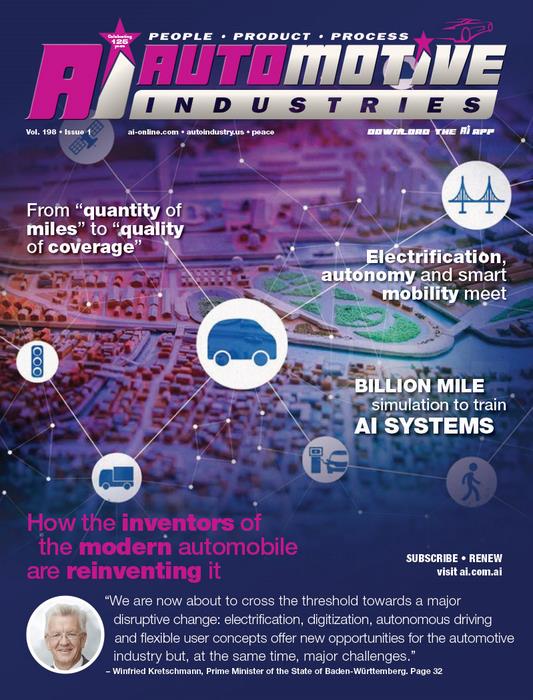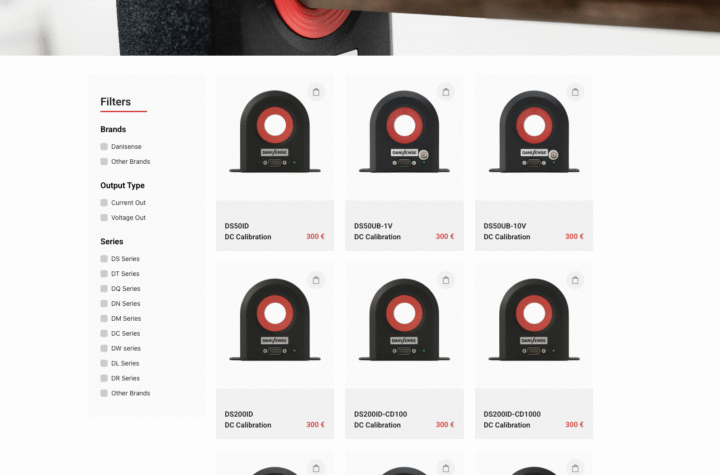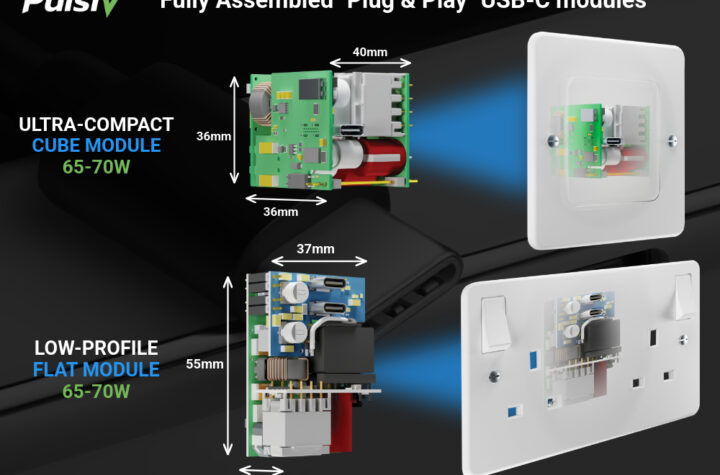
There is, at present, a chicken-and-egg situation in the rollout of electric vehicles across Europe, and elsewhere
in the world.
In some countries, charging infrastructure is being installed ahead of demand, while in others it is lagging behind. A European Union study recommends that there should be a ratio of one public recharging point for every 10 EVs (electric vehicles) on the road. According to the study, at present there is an average of five EVs on the road per public charging point. By 2020, the ratio will be around 10 EVs per charging point, or around 220 000 chargers.
There will also be good coverage of fast chargers along the European motorway network with about 1,000 ultra-fast (150- 350 kW) charging sites planned for 2020. These sites will allow drivers to replenish up to 400 km of driving range in only 15 minutes.
Additional, 50 kW fast charging deployment will complement these sites with more than 2,500 sites existing today and nearly double this set to be operational by 2020. This translates into one recharging point every 34 km along the strategic TEN-T Core Network – more than sufficient to support the early market. One of the leaders in the rollout is IONITY.
The joint venture between the BMW Group, Daimler, Ford Motor Company, and the Volkswagen Group (including Audi and Porsche) has the goal of building a high-power charging network for electric vehicles along major highways in Europe. “The power of charging at 350 kW is the power to stop, drink a coffee, and go. At maximum speed, you can be on your way within minutes. Competing networks provide less power, and charge points in cities are even slower. So the first time you use an IONITY charging point, try not to be surprised how quickly… it’s over,” states the company’s website.
Automotive Industries (AI) asked Michael Hajesch, CEO at IONITY, whether the company is on track with its network implementation target of 400 charging points. Hajesch: Absolutely, we are on track. We have signed most of the contracts with our site partners across Europe. We have more than 74 stations live, in nine countries, with 49 under construction and we will enter more markets during the year 2019. We are very confident that we will achieve the 400 in 2020.
AI: How many sites are live? Hajesch: At the moment IONITY is present in nine countries, but by the end of 2019 we hope to be in 24. This our target.
AI: Have you selected your strategic site partners and hardware suppliers? Hajesch: To be able to have 400 sites network ready the first step is to secure the location where you want to build the stations. That was the reason why we reached out to a lot of strategic site partners, both large and small early on to be able to cover the dedicated countries. Just to name a few like Shell, Circle K, Gotthard Raststätte, MFG, ENI and others. Also, like here in Switzerland, it is more location by location business because its privately or company owned and it’s not one person or institution owning the whole network. There is just a handful of sites missing. However, we are very confident that we will be able to secure all the locations very soon. Of course, you want to know which hardware you want to build and what the target design might be and might look like and we started with three suppliers which are ABB, Tritium and Bosch. We are now ramping up the network with two suppliers, and our finale design charger will be ready at the end of summer.
AI: How does the IONITY charger technology automatically optimize its charging speed to the maximum the car’s built-in battery management system can handle? Hajesch: When you plug in, the charger determines whether the car battery system is 50kW, 200kW or 300kW, and then optimizes the charging speed. In future, customers may be able to opt for a dedicated charger.
AI: How important is to have Combined Charging System (CCS) as the most widely supported charging standard in Europe? Hajesch: It is a central issue. We come from a past where there were no standards in the e-mobility space, and no clear path forward. Now it is clear that the European focus is on the use of combined charging system (CCS). In the European Union according to Directive 2014/94/EU [28] all high-power DC charging points installed after November 18, 2017 shall be equipped for interoperability purposes at least with Combo 2 connectors. The Combined Charging System (CCS) is the most widely supported charging standard in Europe, with nearly universal inclusion on all electric car models past, present, and future. In addition, from a cost-saving point of view, it is always good to have one standard instead of several – so we want to push this one across Europe and beyond.
AI: How do the IONITY’s charging stations eliminate the bottleneck of directly converting AC power to DC before transmitting into the car’s battery at full velocity? Hajesch: We are directly connected to the transmission net. We then we set up our own transformer station and power outlets deliver DC energy to the outlet in whatever amount is necessary.
AI: What’s next for IONITY in the near and mid-term future? Hajesch: First of all, we have to complete the network, and get it running in terms of reliability. We are discussing “what is next,” but first of all our focus is to achieve the target of 400 outlets and make e-mobility across Europe a reality. What is always important for me personally is the people delivering results. These include the workers assembling and installing the systems, and the people helping us out with the network – be it directly or indirectly, or in partnerships. All of us at IONITY are driven by the belief that powering an EV across Europe should be so carefree that soon you’ll never even think about range again. Over the next few years, driving an EV will increasingly mean freedom for everyone. Freedom to power your dreams across borders. To travel anywhere in Europe. To hop in, and only then decide where you’re going.












More Stories
8 Best Plastic Welding Techniques for Automotive Manufacturing
5 Big Reasons to Choose LED Bulbs for Your Car Headlights
How much does it cost to ship a car on Amtrak Auto Train?